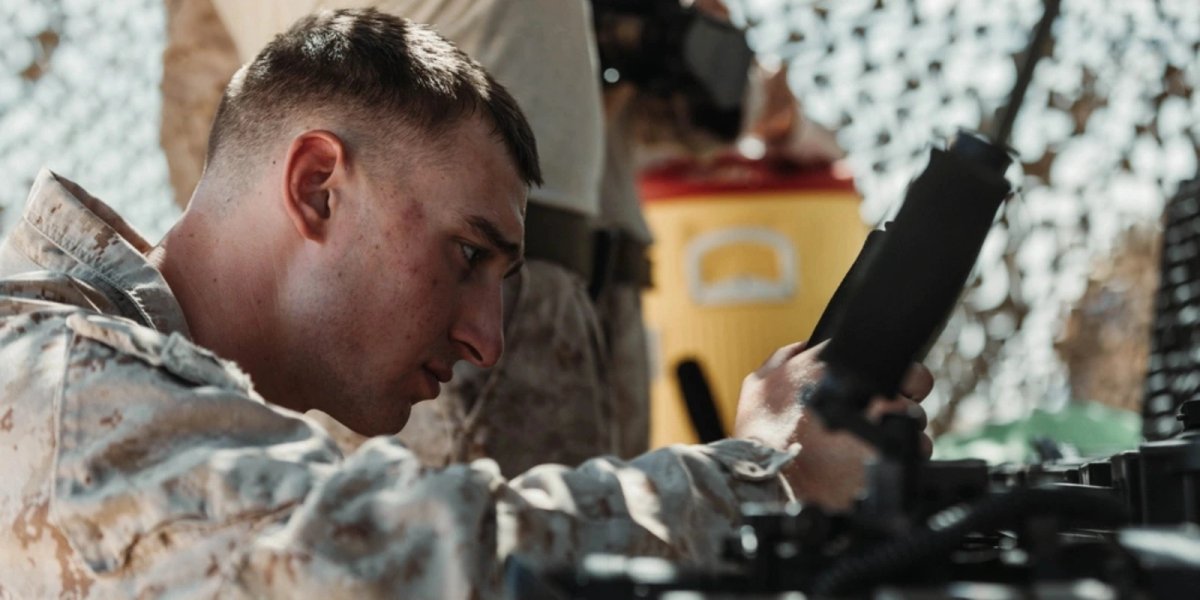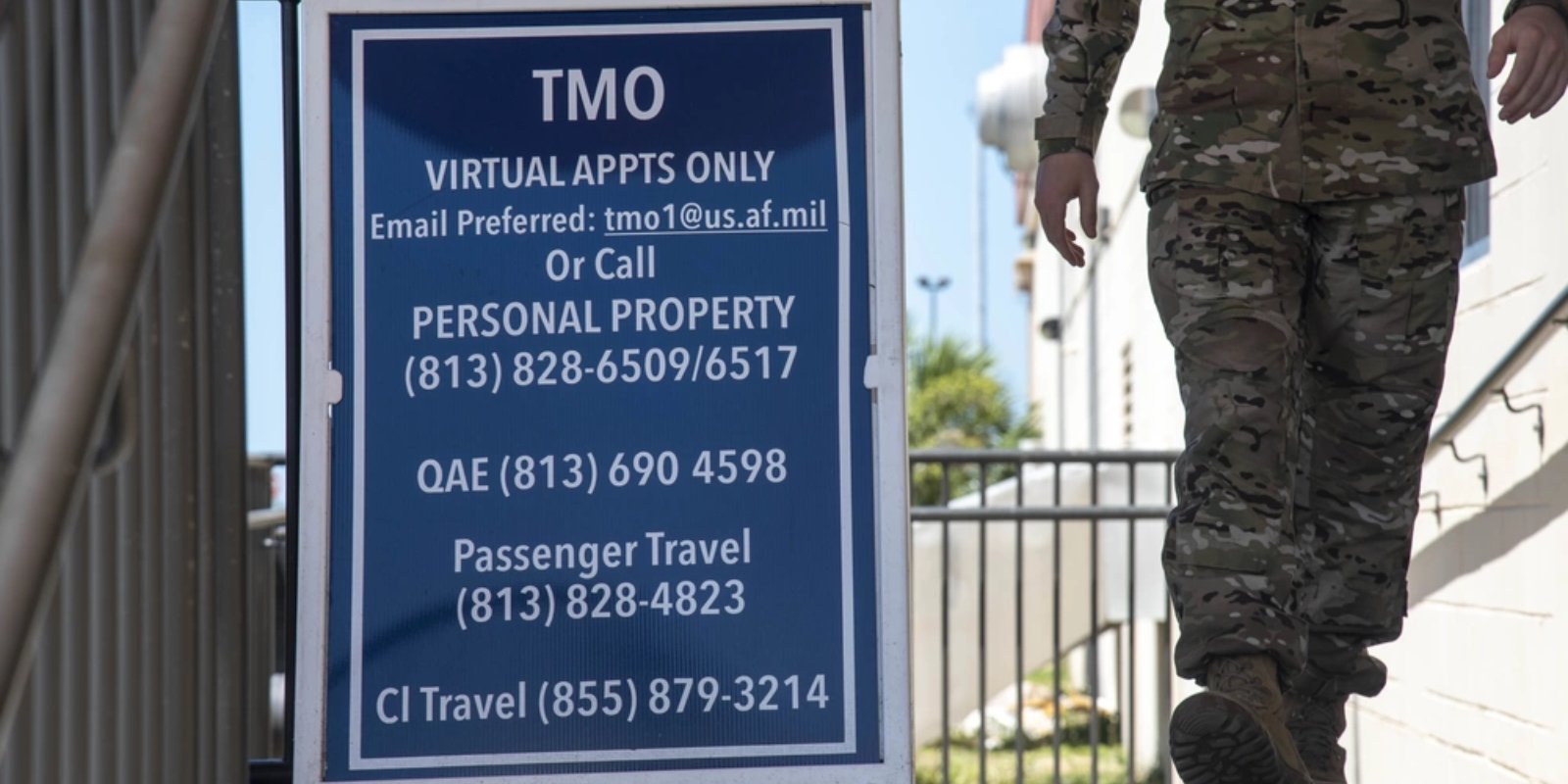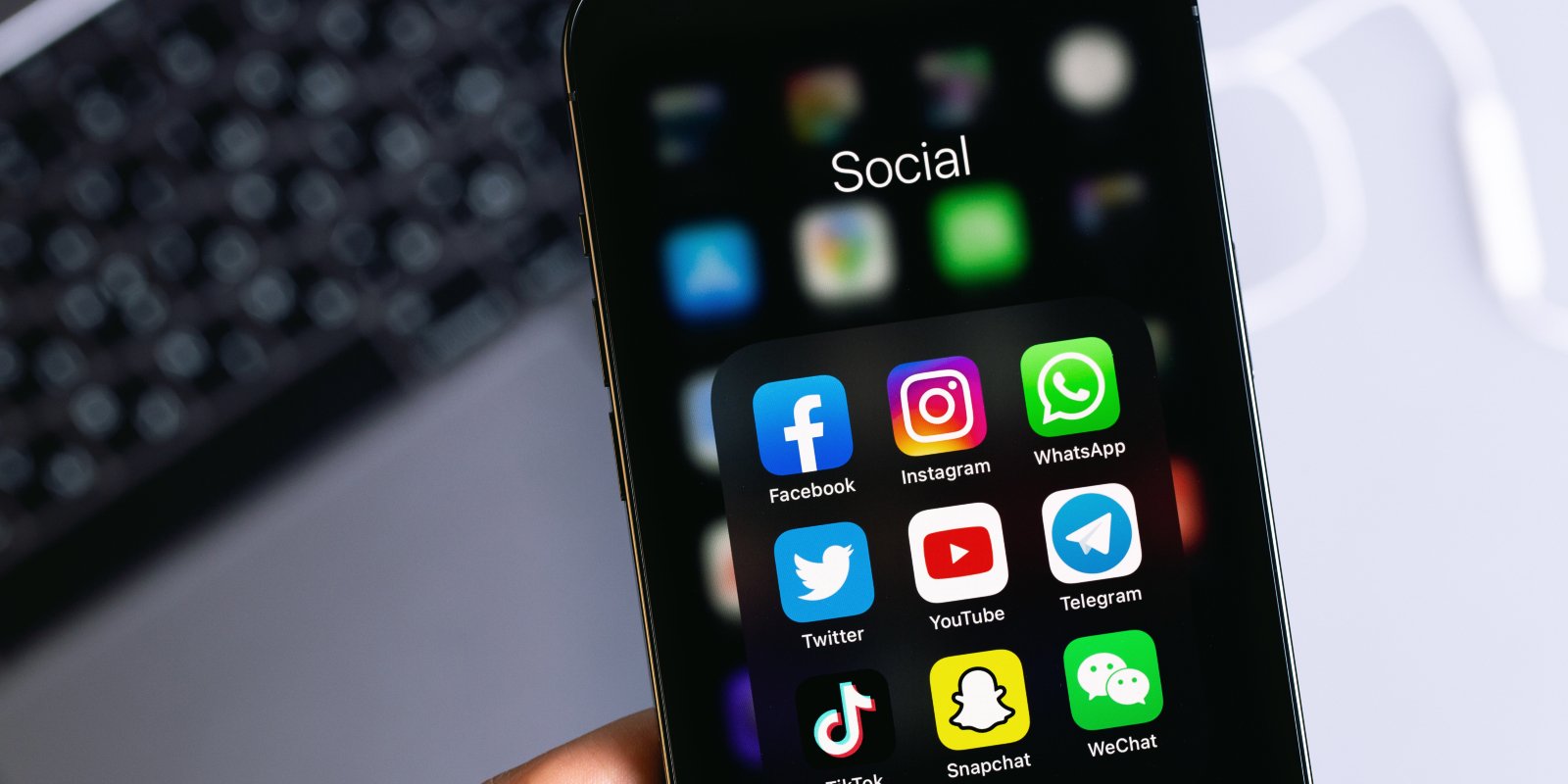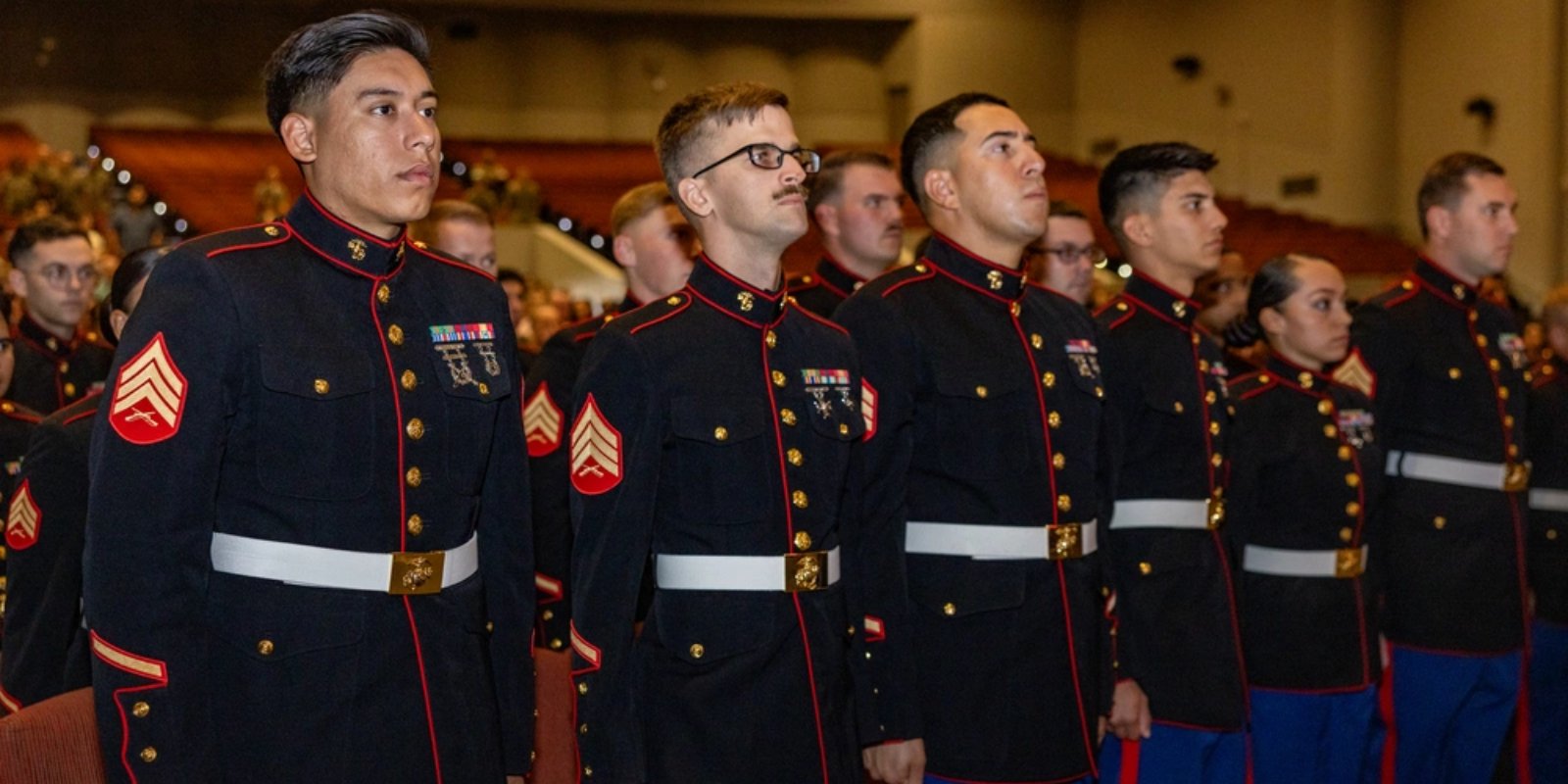PENTAGON INTEGRATES BIOHACKING TO ENHANCE SOLDIER READINESS

From fatigued foxholes to the cockpit of cutting-edge science, the pursuit of tactical supremacy has evolved. Today’s warfighter isn’t just trained—they’re analyzed. In labs, command posts, and digital dashboards, researchers from the Department of Defense and private industry are fine-tuning the human weapon system with breakthroughs in sleep science, nutritional engineering, and wearable technology. The result? Data isn’t just collected—it’s weaponized to sharpen readiness and performance.
Pentagon's Use of Consumer Wearables as Tactical Tools
You’re probably familiar with Apple Watches, Fitbits, Oura Rings–maybe you even have one strapped on right now. But what you wear on your wrist—or finger—is no longer just a trendy fitness accessory.
The Department of Defense and private-sector innovators are using everyday wearables to sharpen readiness and resilience more than ever before: proving that the tech most troops already know can deliver battlefield-level performance insight.
Integrating Wearable Data into Pentagon Systems
DoD research confirms that off-the-shelf wearables—Apple Watch, Fitbit, Garmin, and Oura Ring—can be powerful tools when paired with military-grade analytics.
These devices feed into systems capable of tracking fatigue, stress, recovery, and even early signs of illness, delivering near-real-time situational awareness across units.

The Philips-DIU “RATE” platform, for example, is device-agnostic—but currently deployed with Garmin watches and Oura Rings. Its AI-driven wellness score has shown predictive power in spotting infection onset before symptoms appear—turning everyday wearables into frontline early-warning sensors.
Smart Rings in the Fleet
The Oura Ring has quietly become a top-tier wearable in defense realms. In October 2024, Oura secured a $96 million contract to supply smart rings to U.S. military personnel—designed to monitor sleep, heart rate, HRV, and key readiness metrics at a frequency and precision unmatched by most wrist devices.
The system supports fatigue management, stress and resilience training, fitness optimization, and early illness detection—wrapping combat readiness around a single, comfortable ring.
Beyond rings, the Space Force has been running pilots using Garmin and Oura wearables instead of the traditional physical fitness test. Troops log consistent activity, sleep, and recovery, building a digital picture of wellness—not just a snapshot during a timed run.
Special operations units partnered with Booz Allen built a dashboard that aggregates wearable data from Fitbits and Oura Rings across nearly 100 service members. Commanders get “red-yellow-green” readiness alerts, measuring everything from HRV and sleep quality to memory recall and stress levels.
The result? Personalized, data-driven plans that reduce injury, sharpen focus, and stretch mission lifespan.
Pentagon's Evaluation of Wearable Technology Value
- Scalability & Comfort: Already widely adopted, these devices require no heavy new investment or training to deploy at scale.
- Hybrid Power: Pairing consumer hardware with DoD-grade analytics puts smart insights within reach of every unit.
- Real Outcomes: Whether preventing fatigue-related mishaps, optimizing recovery windows, or predicting illness, these wearables are not just measuring—they’re preventing and powering readiness.
What This Means For You
The tech in your locker or locker room now has battlefield-grade potential. Those familiar watches and tracks? They’re becoming readiness multipliers. They can help you monitor your load, your recovery, your next-day sharpness—not just for yourself, but for everyone in your squad.
You don’t need to stretch for future modalities. The tools you already know are being elevated—paired with AI, mission analytics, and unit oversight to keep you sharper, safer, and a step ahead.

Pentagon's Biohacking Strategies for Soldier Sleep
Chronic sleep restriction—defined as five hours or less per night—is a known combat readiness killer. The Walter Reed Army Institute of Research, in collaboration with NIH and the National Intrepid Center of Excellence, has been conducting the most comprehensive study ever on sustained sleep deprivation among soldiers, concluding data collection in March 2025.
One in two service members now face chronic sleep deficits, compared to just 28% of civilians. The consequences? Sluggish reaction times, cognitive decline, hormonal imbalances, and long-term risks, including PTSD, TBI, and suicide.
This isn’t theory—it’s battlefield reality. DoD research now asserts that sleep may be the single most critical biological factor governing combat readiness. Units can no longer rely on grit alone—operational plans must embed recovery, rest, and vigilance to maintain elite performance.
Pentagon's Precision Nutrition for Enhanced Soldier Readiness
Military research is also zeroing in on the nervous system’s most essential fuel: food.
The Holistic Health and Performance research portfolio focuses on optimizing Soldier nutrition in the field, studying nutrient profiles that boost energy, cognition, recovery, and reduce injury risks.
Meanwhile, scientific reviews are pointing to diets rich in monounsaturated fats, polyphenols, and vitamins—alongside carbs to power the brain—as essential for sustaining cognitive resilience under extreme stress.
While operational constraints remain, smart wearables and metabolic platforms are beginning to integrate into nutritional strategies—offering personalized, real-time dietary insights that promise a smarter fight, not just a harder one.
Frameworks That Think
In the digital domain, frameworks like WearableMil—a deep-learning system employing data from 135 soldiers wearing Garmin smartwatches—demonstrate 93.8% accuracy in recognizing soldier activity and razor-sharp predictive analytics.
These systems fill in data gaps (e.g., reducing unknown sleep states from 40% to 3.7%) and can power dashboards enabling trainers to spot fatigue and injury risk before they strike.
Beyond actigraphy, wearable sensors are being evaluated for detecting heat strain, hypoxia, illness, altitude sickness, trauma, and even infection—informing rapid decisions, remote triage, and readiness across domains.
Blending the Pillars: Total Force Fitness
All these efforts align under holistic readiness. The Army’s H2F (Holistic Health & Fitness) system encompasses five domains—sleep, nutrition, physical, mental, and spiritual fitness—under the Total Force Fitness framework.
These pillars reinforce each other. Sleep deprivation hampers learning; poor nutrition saps cognition; mental strain erodes focus—each weakness undermines combat power.
Wearables and nutrition science provide the feedback loop needed to correct these vulnerabilities in real time.

Pentagon's Standards for Soldier Peak Performance
This isn’t futuristic. It’s happening now. The data, sensors, and science are already embedded in your uniform, your schedule, and your command decisions. From sleep labs at WRAIR to metabolic assessments, from LifeLens hubs to Garmin-enabled frameworks—biohacking has moved from fringe to force multiplier.
You aren’t just trained—you’re engineered. Your rest is measured, your nutrition tuned, your vitals monitored, and your mind protected. This is a new era of readiness: smarter, safer, faster.
Because in modern warfare, readiness isn’t just being prepared—it’s being augmented.
Suggested reads:
Veteran & Senior Contributor, Military News
Natalie Oliverio
Navy Veteran
Natalie Oliverio is a Navy Veteran, journalist, and entrepreneur whose reporting brings clarity, compassion, and credibility to stories that matter mo...
Credentials
- Navy Veteran
- 100+ published articles
- Veterati Mentor
- Travis Manion Foundation Mentor
- Journalist and entrepreneur
Expertise
SHARE:



